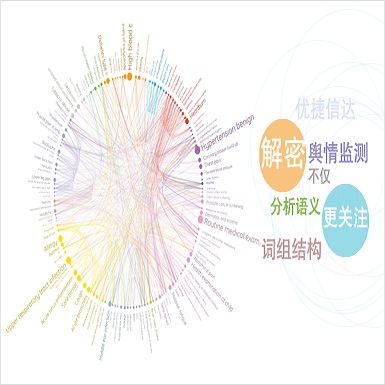Graph-matching metrics such as Smatch are the de facto standard for evaluating neural semantic parsers, yet they capture surface overlap rather than logical equivalence. We reassess evaluation by pairing graph-matching with automated theorem proving. We compare two approaches to building parsers: supervised fine-tuning (T5-Small/Base) and few-shot in-context learning (GPT-4o/4.1/5), under normalized and unnormalized targets. We evaluate outputs using graph-matching, bidirectional entailment between source and target formulas with a first-order logic theorem prover, and well-formedness. Across settings, we find that models performing well on graph-matching often fail to produce logically equivalent formulas. Normalization reduces incidental target variability, improves well-formedness, and strengthens logical adequacy. Error analysis shows performance degrades with increasing formula complexity and with coordination, prepositional phrases, and passive voice; the dominant failures involve variable binding and indexing, and predicate naming. These findings highlight limits of graph-based metrics for reasoning-oriented applications and motivate logic-sensitive evaluation and training objectives together with simplified, normalized target representations. All code and data for our experiments are publicly available.
翻译:暂无翻译




